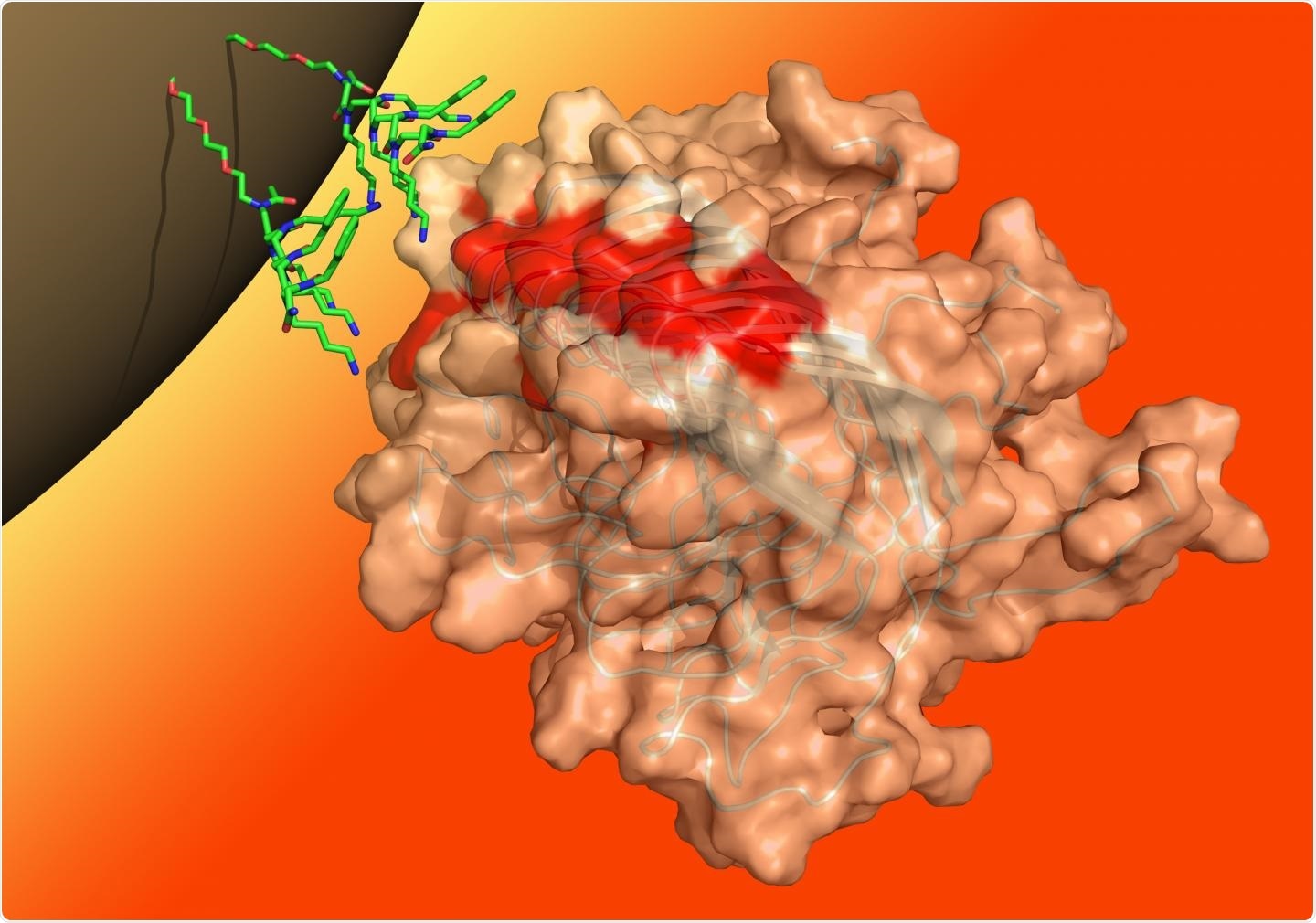
Our peptoid beads have the ability to detect the misfolded proteins that act as infectious agents, so it could have a significant impact in the realm of prion diseases, but we have also shown that it can seek out the large aggregated proteins that are the disease agents in Alzheimer's and Parkinson's diseases, among others.”
Ronald Zuckermann, Senior Scientist, Berkeley Lab
He continued, "Prion diseases are rare, but there are many misfolded protein-based diseases, which affect millions of people, that are also very poorly understood. And like prion diseases, we need a way to diagnose these slow-onset conditions in the years before symptoms arise."
The test works ‘like Velcro’
Peptoids are synthetic compounds that mimic peptides - the short sequences of amino acids used as the building blocks for protein synthesis.The beads the team has developed are tiny magnets coated in peptoids that resemble part of the prion protein. Once the beads are added to a body fluid sample, they attach to prion protein aggregates, but not normal proteins.
"It's like Velcro," says senior scientific engineer and co-author Michael Connolly. "The aggregated misfolded protein has multiple hooks - multiple binding sites - that will attach to the bead, which is like the complementing sheet. But the natural, correctly folded protein only has a single hook, so its binding affinity is much less."
Once the beads have latched onto the abnormal proteins, they pull them from the fluid magnetically and a misfolded protein assay (MPA) is then run. The assay was developed by researchers at Novartis and prion disease expert Adriano Aguzzi, senior author of the study.
First author Simone Hornemann says that as well as the test potentially detecting asymptomatic disease carriers, it could be optimized to screen blood and blood products in a cheap and fast manner. This could prevent accidental transmission in the case of a new prion disease outbreak:
This assay could also be modified to test deer and elk for chronic wasting disease (CWD), a prion disease that is considered as a global epidemic in these animals."
Detecting and treating prion diseases has proved difficult in the past
The abnormal prion proteins then aggregate to form clumps, which are deposited throughout the nervous system where they induce cell death and cause the brain to have a sponge-like appearance.Although cases usually occur sporadically, the diseases can also be caused by an inherited genetic mutation or through exposure to a misfolded protein from another individual or animal.
Researchers first discovered the prion protein that underlies many forms of prion disease back in 1985 but developing diagnostic tests and potential treatments have eluded them ever since.
The main problem has been that affected individuals have very low concentrations of the prion protein in their bodily fluids, while the normal form of the protein is abundant.
However, in the late 1980s, there was a wide-reaching outbreak of bovine spongiform encephalopathy or “mad cow disease” in European cattle and hundreds of associated cases in humans. These events motivated the medical community to prioritize efforts to develop an efficient, mass-producible test that could screen for prions in patients, foods, and animal-based products.
It was during this time that Zuckermann, Connolly, and Aguzzi first started to work together. Zuckermann says that at the time, the idea of a test that would be able to detect these types of diseases in blood seemed farfetched.
Not only would it have needed to be sensitive enough to isolate low levels of prions and specific enough to not generate false positives, but any potential binding agent would have had to be able to withstand the protein-degrading enzymes that circulate in the blood, explains Zuckermann.
Developing an effective test, and proving that it works
After finding that early experiments showed promising results, the team started trying to prove the test’s efficacy in further studies, which ultimately led to the current study.Now the researchers have demonstrated that the peptoids will bind to a variety of animal prions and other disease-causing protein aggregates in body fluid samples taken from living subjects.
“The reliable and sensitive detection of prions in the plasma will enable a wide variety of applications in basic prion research and diagnostics,” concludes the team.
Journal reference:
Hornemann, S., et al. (2019). Enhanced detection of prion infectivity from the blood by preanalytical enrichment with peptoid-conjugated beads. PLOS One. DOI: 10.1371/journal.pone.0216013.






No comments
Post a Comment